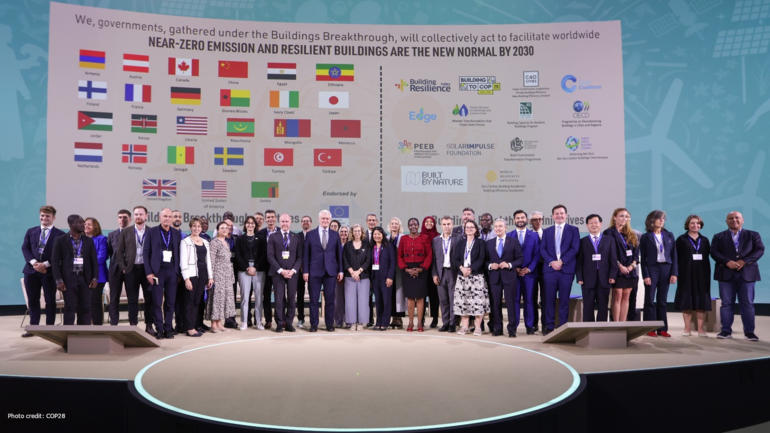Tokyo, 25 October – Today, the World Business Council for Sustainable Development (WBCSD), in collaboration with KPMG Japan, launched a Japanese translation of the Circular Transition Indicators (CTI) v3.0. The launch took place at WBCSD’s annual Council Meeting, hosted this year in Tokyo, Japan, and was attended by hundreds of global business leaders.
CTI is a simple, quantitative framework for measuring the circularity of products and business processes. It helps companies evaluate risks, identify the most impactful actions to become more circular and understand the effect of their circularity strategies on their overall sustainability goals.
In a circular economy, organizations collaborate to design out waste, increase resource productivity and keep resource use within planetary boundaries. At the heart of the business case for circularity sits the opportunity for companies to create more value by being smarter about how they use and reuse products and materials.
Earlier this year, the Japanese government announced plans to increase the domestic circular economy market to 80 trillion yen by 2030 from the current 50 trillion yen, focusing on reducing carbon emissions through the reuse of products and resources.
Junichi Adachi, representative director of KPMG AZSA Sustainability Co., LTD., said: “WBCSD’s approach is based on the knowledge that companies are unable to manage, improve and accelerate what they do not measure, so expanding knowledge and data on circularity is essential to transforming a business into one that can thrive in a circular economy. It is expected that Japanese companies with complicated and extensive value chains will take time to shift their procurement, design, production, marketing and customer service activities into circular models. The CTI framework is useful for every one of these steps and it will also be helpful to increase transparency and accountability, redirecting capital toward circular activities to develop sustainable and ambitious business models.”
Irene Martinetti, Manager, Circular Economy, WBCSD, said, “The Circular Transition Indicators help companies capture more value from products and materials by improving performance across key levers for circularity. CTI can be applied at a process, product, or business unit level, allowing companies to measure circularity consistently - regardless of where they are on the circular maturity curve.”
Suzanne Kuiper, Senior Manager, KPMG Sustainability, added, “It is great to see the wide adoption of the Circular Transition Indicators and the translation of V3.0 in Japanese. The circularity measurement of material flows, the core of the framework, is accompanied in this new version with some great additions on lifetime extension, greenhouse gas impact and scenario planning. These additional insights will support companies to future-proof their business through a better understanding of their circular performance.”
In relation to the launch of CTI 3.0, KPMG Japan has released an online seminar in Japanese (with Japanese subtitles) featuring Suzanne Kuiper from KPMG Netherlands, one of the co-authors of the CTI report. The seminar can be accessed here for free upon registration.
If you are interested in learning more about CTI, please contact Irene Martinetti, Manager, Circular Economy.
Would you like to read about CTI in other languages? The Circular Transition Indicators are available in English, French, Italian, Japanese, Portuguese, Spanish, traditional Chinese and Turkish.








